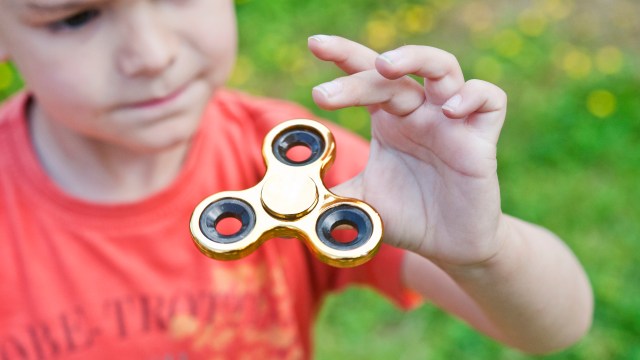Only 9% of 15-year-olds can tell when facts are really facts — not opinions

Image source: mooremedia/Shutterstock
- International reading tests administered in 79 countries find most teens to be gullible when consuming information.
- As learning has moved online, absolutely reliable sources have become scarce.
- Most teens can’t detect the validity of supposed “facts” from contextual clues.
Teen: Dad! This site has those $159 earbuds I want for just $49.99!
Parent: That doesn’t sound right.
Teen: I know! Isn’t it a great deal?
Parent: I don’t see an actual brand name here.
Teen: But they’re $49.99!! Less than $50!!
Parent: And the seller is halfway across the world. Um…
Teen: $49.99!!!
The takeaway from this actual conversation is this: The teen hasn’t yet learned that if something seems too good to be true, it probably is. A study from the OECD Programme for International Student Assessment (PISA) says this is by no means a rare phenomenon. It finds that just 9 percent of 15-year-olds can actually tell when facts are really facts and not just opinions.
In our current climate of rampant disinformation and “fake news,” the implications are troubling.

Image source: boreala/Shutterstock/Big Think
About OECD and the PISA survey
OECD stands for “Organisation for Economic Co-operation and Development.” It’s an international organization that’s dedicated to the identification and implementation of policies for tackling the world’s social, economic, and environmental challenges. Thirty-six countries are members, and the impact of the group’s work is felt in more than 100 countries. The OECD collects data and develops reports, including recommendations, for its worldwide audience.
The Programme for International Student Assessment, PISA, is one such report. Subtitled, “What Students Know and Can Do,” it’s the product of reading, mathematics, and science tests administered to 15-year-olds in 79 countries. The focus in the 2018 tests was reading. The tests were given on computer screens in recognition that this is where most of today’s teens do most of their reading.
The very best readers — better than in any other country — come from four provinces in China: Beijing, Shanghai, Jiangsu and Zhejiang. Though these areas are exceptional within the country, China overall still sits at the top of the list of the world’s most advanced readers.

Image source: OECD
Reading is one thing, understanding is another
The world, as the report notes, has changed. Reading used to be about the straightforward extraction and absorption of information from reliable sources. Not so for today’s learners, says the report:
“Today, they will find hundreds of thousands of answers to their questions online, and it is up to them to figure out what is true and what is false, what is right and what is wrong.”
Alarmingly, the PISA research finds that less than 1 in 10 of students tested are “able to distinguish between fact and opinion, based on implicit cues pertaining to the content or source of the information.”
Only in six nations did students do better than 1 in 7 at successfully identifying actual facts — China, Canada, Estonia, Finland, Singapore, and the United States.

Image source: fizkes/Shutterstock
Proficiencies
The report summarizes reading proficiency by focusing on two of the six-levels in their reading skill assessment scale.
At Level 2, “students are able to identify the main idea in a text of moderate length, find information based on explicit, though sometimes complex, criteria, and reflect on the purpose and form of texts when explicitly directed to do so.” About 77 percent of students on average achieved Level 2 proficiency.
The best readers, comprising just 8.7 percent of the tested teens, performed at Levels 5 or 6 where “students are able to comprehend lengthy texts, deal with concepts that are abstract or counterintuitive, and establish distinctions between fact and opinion, based on implicit cues pertaining to the content or source of the information.”
Hope in AI
The authors of the PISA report see promise in the leveraging of A.I. for helping young people develop a stronger sense of context that would allow them to more accurately assess informational sources.
They suggest “we need to think harder about how to develop first-class humans, and how we can pair the A.I. of computers with the cognitive, social and emotional skills, and values of people.” They do note with caution that A.I. itself is ethically neutral while the humans who program it are typically not. This is one of the concerns being studied for the OECD’s upcoming Education 2030 project.
Overall, the PISA findings serve as clear notice that we need to be smarter about teaching. “That is why education in the future is not just about teaching people, but also about helping them develop a reliable compass to navigate an increasingly complex, ambiguous, and volatile world.





